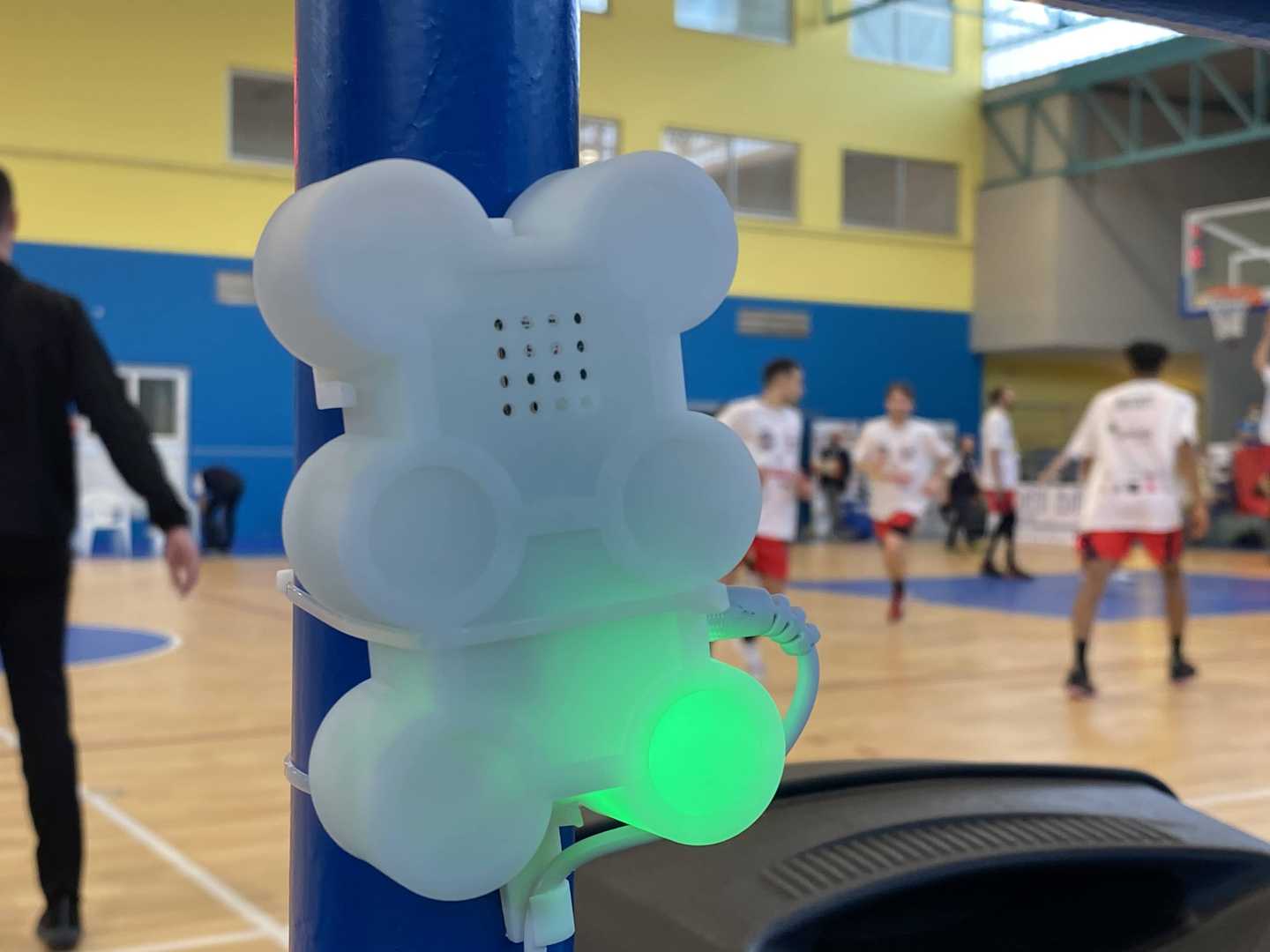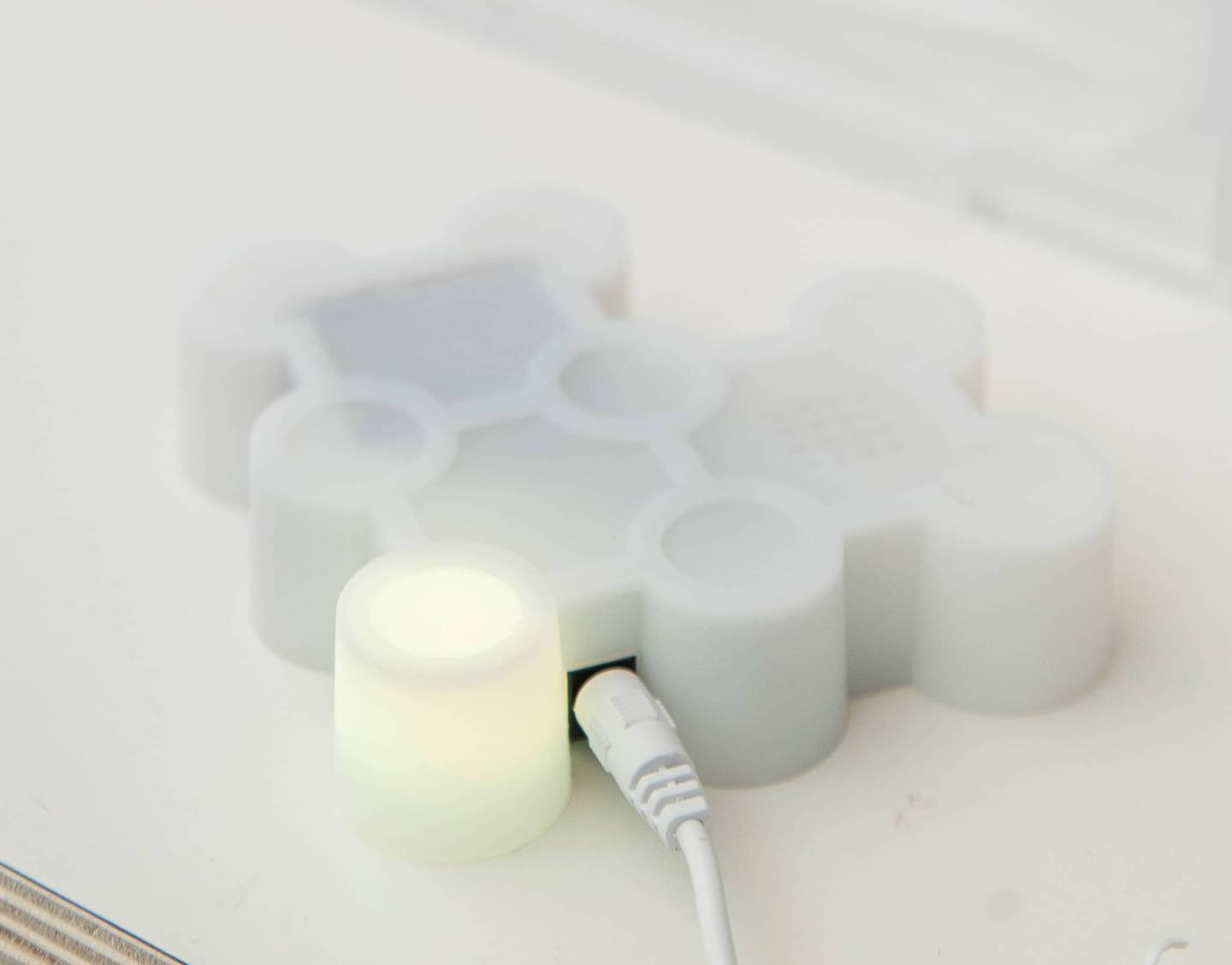
Befreest
An idea transformed into a device protecting those in offices, schools and factories
Ingenuity is our way of finding solutions to problems, which are sometimes closely linked to where we live. The Apulian city of Taranto often hits the headlines for its regional pollution associated with Europe's largest steel plant. So where else could the idea of creating indoor air quality monitoring devices come from?
A team comprising companies and professionals driven by the thrill of embarking on a new adventure equipped with their extensive knowledge of the needs of the area brought about the birth of Befreest, which conceived the nose 4.0 ecosystem to deliver a proprietary concept: breathe easy, you're safe. Befreest has a range of nose devices that continuously monitor air quality and, via constant IoT communication, and enable air exchange by controlling ventilation systems that start when certain parameters are reached.
The nose 4.0 ecosystem comprises three main parts: nose sensors; the intelligent cloud hub for data processing; and act, the board capable of activating ventilation or air sanitation systems. The device comes in two models: noseC, for monitoring CO2, temperature and air humidity, and noseP, for monitoring CO2, TVOC, PM 2.5 and 10 particulates, temperature and humidity
A Helpful Recommendation
Prototyping of the device case began on Protolabs' website, as Mirco Cacace, nose system product manager, tells us: "While browsing protolabs.it, I was struck by the clarity of the content and the completeness of the information on materials and manufacturing processes". A CAD file was uploaded for the first case and consisted of two parts, for which a 3D printing evaluation was initially requested, but the Protolabs team soon realised that another technology was required to meet Befreest's requirements: injection moulding (IM).
Protolabs recommended Befreest adapt the CAD files, originally intended for 3D printing, to injection moulding technology: The thickness ratios between the shell and reinforcements were revised, screw bushings, which were too large, were slimmed down and material distribution was optimised to prevent excessively pronounced shrinkage. After verifying that the dimensions of the case would suffice to accommodate all device components, Befreest repeated the same process for the second larger case and, from the final CAD. Protolabs produced four aluminium moulds to make the first batch of 500 injection-moulded kits in natural white Nylon 6.
For greater functionality and improved aesthetics, light pearl embossing was chosen as the surface finish. It was during this part of the process that Protolabs' experience in injection moulding became crucial: In fact, the recommendation was to emboss the entire surface, avoiding the rib plane, in order to make the logo stand out and improve the aesthetics of the finished piece. In fact, Cacace continues: "The assistance of Stefano Mosca and Sara Rinoldi proved essential for the technical part, the improvements made to the injection moulding phase and compliance with Befreest's tight launch schedule”.
There was a three-week lead time between the order placed on 18 March and the delivery of the parts on 7 April, which is standard for Protolabs but very short if you consider that four moulds were produced, a total of 2000 parts printed and shipped to the customer.
| At A Glance |
|---|
|
Befreest wanted to create a device that could immediately ascertain air quality in a closed environment and immediately correct any negative aspects.
Protolabs suggested injection moulding the parts that would make up the case containing the sensors, data transmission system and circuit board. Four aluminium moulds were produced and the first 500 pieces of each component moulded, resulting in 1000 devices per type.
nose is a device designed to constantly monitor air quality, send data to a cloud server, and also activate the air recycling system when readings fall below the quality threshold. |

“While browsing Protolabs.it, I was struck by the clarity of the content and the completeness of the information on materials and manufacturing processes.”

How does the nose 4.0 ecosystem work? The nose device samples air quality every 2 minutes and sends the data to hub, the cloud server that processes the Index Air Quality (IAQ) and the Sars-Cov-2 infection risk index. This is transmitted to the sensor, which uses a light signal with four different states to indicate the risk in the environment, which can also be immediately mitigated through natural ventilation. When there is a mechanized ventilation system, the act automatically activates the system to restore the correct environmental parameters.
nose is proving particularly suitable in high-traffic indoor environments such as schools and offices. Additionally, since there is scientific evidence of a direct correlation between air quality and the spread of contagion from viruses such as the SARS-CoV-2 coronavirus, nose is becoming a valuable aid in keeping the main parameters of the air where we spend most of our lives under control.
Befreest's developments do not stop there. A more comprehensive noseT will be available from next year, which, in addition to the rest, also measures Radon gas concentration, resulting in even more accurate air quality measurements.
Want to learn more about how Protolabs supports similar businesses with CNC machined, injection moulded or 3D printed prototypes?
Check out our case study about Cleanbrace, a wearable device that dispenses anti-bacterial gel.













